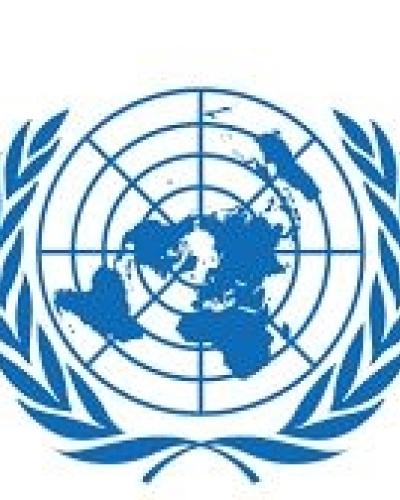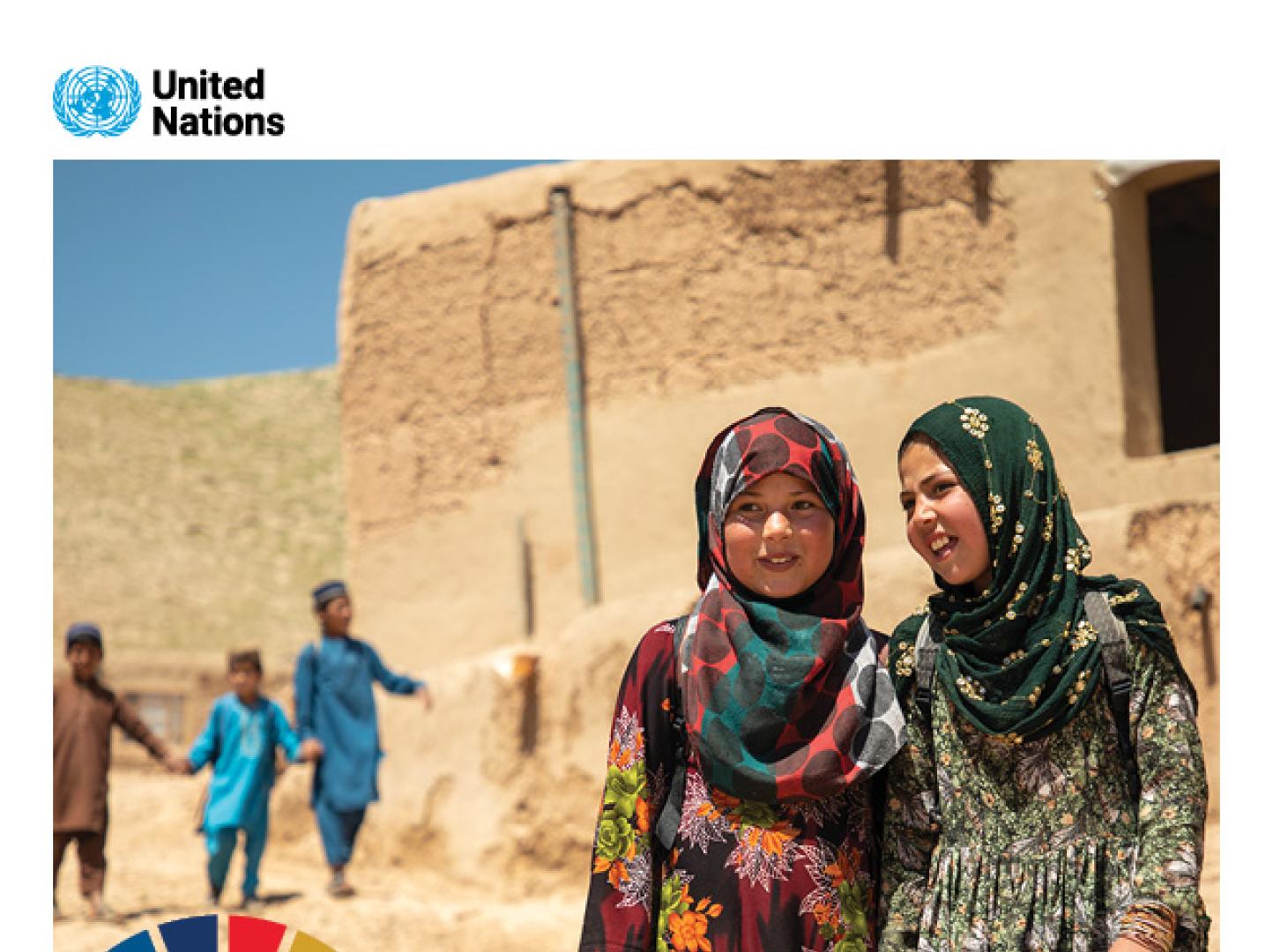David Gressly Noon Briefing Remarks 25 July 2023

Yeah, thank you very much, and thank you very much, Achim, for that background. As Achim has mentioned, I’m currently onboard the Ndeavor, which is the - on the bridge in fact – which is overseeing the work for SMIT. Right behind me you can see the FSO Safer itself and just beyond that is the Yemen, the formerly known as the Nautica, the vessel that is currently receiving oil to offload from the FSO Safer.
I have to say, since arriving here on the 30th of May, the Ndeavor, the SMIT Salvage has done everything possible to stabilize the FSO Safer, the vessel right behind me, to make sure that the transfer will be as safe from an environmental point of view, as well as from a personnel point of view. We’re working very closely with local authorities as well, who are providing support on the FSO Safer to the operation. There is good coordination going on between those on the FSO Safer and the other vessels in the operation. So we’re very pleased how that has progressed.
As you know, there is over a million barrels of oil onboard, so this is going to take some time to finish. We will know shortly how much we actually moved today. They’re actually taking the sounding readings as we speak to see what quantity was moved, but we do expect that this will take approximately 19 days to move the 1.1 million barrels off of the vessel. We started work, the actual pumping started at 10:45 this morning, just to give you a precise time, on one compartment, and on the second compartment was brought online a couple hours later. And we, this will now work 24/7 going forward, to empty the vessel as quickly as is possible.
However, you know, the operation of this nature always has an ongoing risk. I think a great deal of work, as Achim has described, with various experts and with the support of local authorities have gone a long ways to ensure mitigating those risks that we continue to monitor for potential problems as we go along and I think we have a very good team spirit here to deal with that if there is any issues that come up – there would be a very rapid response to that. We have put in place as a part of that a robust crisis management team based in Hodeidah, and assembled expertise and equipment required to respond to any incident that may happen.
You may recall that the Sana’a authorities requested that the plan that we’re implementing now, they asked that this be done under a UN umbrella. So we did that through the Memorandum of Understanding reached in March 5th of last year and have been working towards this day ever since. We’re working particularly closely with the Safer Committee, based in Sana’a, and they have been providing access, security and technical support, and have been working to establish a solid cooperation and coordination system for this operation.
I also have to acknowledge the very important support we received from the Government of Yemen, who among other things, has made a $5,000,000 contribution to the Global Environmental Facility and have provided good political and technical support throughout the preparation of this operation.
We have so far raised over approximately $121 million from 23 Member States, but also the European Union, the private sector and the general public. In addition, we’ve gotten some bridging funding from OCHA to actually make sure we could go ahead with this operation and are working to find reimbursement for them as well – we have to acknowledge their role in this.
The broad coalition working to prevent the catastrophe includes countless individuals and organisations that provided invaluable expertise and in-kind support includes environmental groups like Green Peace and in Yemen, Holm Akhdar. And includes private companies, like the Fahem Group that proposed the initiative that was the basis for the plan we’re implementing today. I think this also shows the breadth of not only the operation, but the concern and the threat that this vessel presented.
Of course, the entire UN system is engaged and I’m sure you’ve seen the statement from the Secretary-General, who has placed great importance on resolving this issue. As the Secretary-General said, “The United Nations has stepped up and assumed this risk to conduct a very delicate operation, when no one else was in the position to do so. With the UN in the lead, the world has pulled together to avoid a nightmare scenario that has been talked about for the last eight years. The completion of the oil transfer will mean the worst case humanitarian, environmental and economic catastrophe will have been avoided. But it’s not the end of the operation. The next critical steps include the delivery and installment of a catenary anchor leg buoy, which is a buoy that’s attached to the pipeline to which the replacement vessel will be safely tethered. This should be in place by September and we need to get that done in that timeframe, because the weather becomes more problematic after that period.
Very, very thankful for the support this project has received, and on a final note, I really want to congratulate the United Nations Development Programme, under the leadership of Achim, for the outstanding work that they’ve done, confronting all of the technical challenges, the financial risks, and the sheer work that was required to get us to this point. So I want to thank not only him but all of his team for all of the support that we have received over the last months.
Thank you very much
***** ENDS ******




